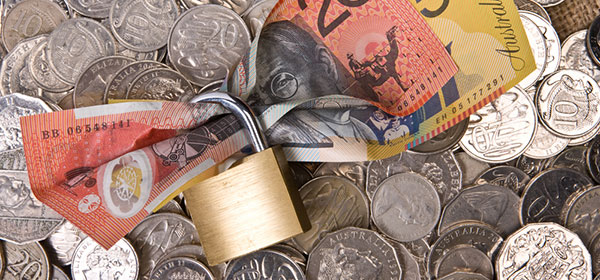The Australian dollar’s recent tumble is more than just a figure on the foreign exchange market; it’s a harbinger of broader economic implications that could hit the wallets of everyday Australians. As the value of the Aussie dollar dips, the ripple effects are felt across the entire economy, from the cost of imported goods to potential interest rate decisions by the Reserve Bank of Australia (RBA).
Let’s break down what this weakening currency means for you and the nation’s economy.
At a glance, the Australian dollar hovering around 62 US cents – a low not seen since the early days of the COVID-19 pandemic – may not seem like cause for alarm. However, this decline represents an 8 per cent drop against the US dollar, a 3 per cent fall against the euro, and a 7 per cent decrease against the pound from the previous year. These figures are significant, especially considering the UK’s own economic struggles.
For Australians, this devaluation has immediate and tangible effects. As an importing nation, Australia relies heavily on goods brought in from overseas. When the dollar weakens, the cost of these imports rises, leading to increased prices for a wide range of products – from electronics and cars to clothing and even some food items. This inflationary pressure squeezes household budgets, making it more expensive to maintain the same standard of living.
Travellers dreaming of overseas adventures are also feeling the pinch. A weak Aussie dollar means that your money doesn’t stretch as far when you’re abroad, making destinations like the United States, England, and Europe more expensive to visit. On the flip side, the Australian dollar still holds its ground in places like Japan, New Zealand, and parts of South America, including Argentina, offering some solace for those looking to get the most bang for their buck on holiday.
But it’s not all doom and gloom. Australian exporters are finding a silver lining in the currency’s decline. A weaker dollar makes Aussie products and services more competitive on the global market, potentially boosting sales and profits for local producers.
The RBA is closely monitoring these developments. A weak dollar can lead to inflationary pressures, which might discourage the central bank from cutting interest rates. Conversely, if the RBA does decide to lower rates, it could further depress the value of the dollar. It’s a delicate balancing act for RBA governor Michelle Bullock and her board as they navigate the economic challenges of the year ahead.
As we watch the fluctuations of the Aussie dollar, it’s crucial to understand how these movements can affect our daily lives and the broader economy. Whether you’re planning a trip, shopping for imported goods, or simply trying to make ends meet, the strength of our currency plays a pivotal role.
So, what can you do to protect yourself from the volatility of the currency market? It’s wise to keep an eye on exchange rates, especially if you’re planning to travel or make significant purchases from overseas. Consider buying foreign currency when the Aussie dollar is strong, and look for locally made products to avoid the premium of imported goods.
In these uncertain times, staying informed and adapting your spending habits can make all the difference. How has the weak Aussie dollar affected you? Share your experiences and strategies for coping with the changing economic landscape in the comments below.
Also read: How shifts in the global economy could affect the Australian dollar





